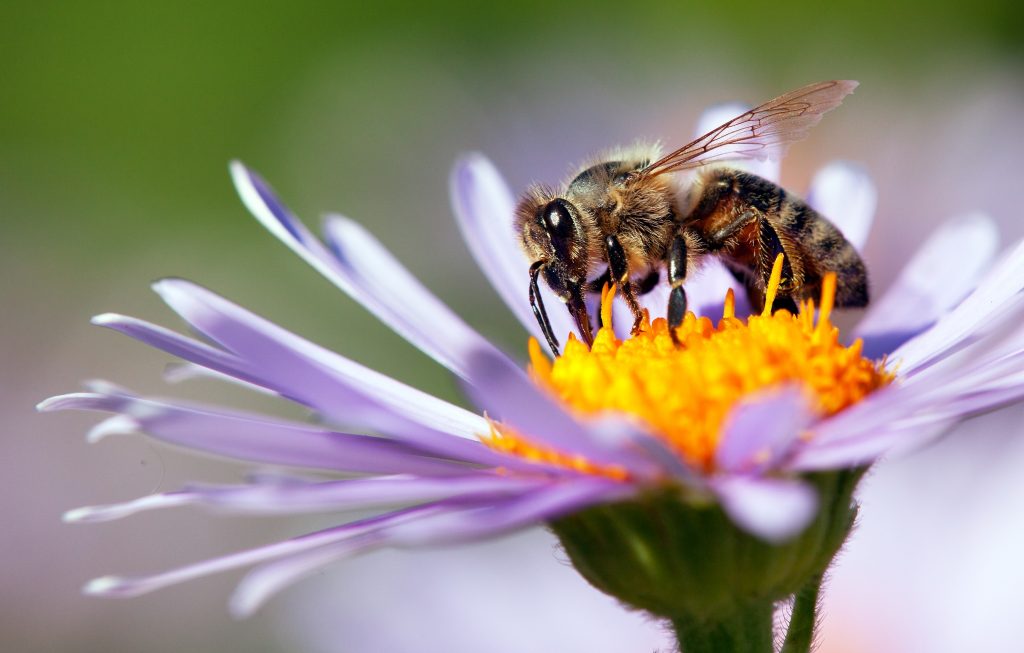Oregon Combines Energy Production with Honey
It’s rare that we write about solar farms without somebody complaining about the loss of agricultural land or natural habitat. But a growing number of solar installations are seeking to combine energy production with natural ecosystem enhancement and/or food production.
Now Fast Company has a cool profile of Eagle Point ‘solar apiary’ in Oregon, which the owners believe is the largest installation of its kind in the country. Combining utility-scale solar with 48 beehives, the project covers 41 acres of land and provides important pollination services to surrounding farms, while also producing electricity for the local grid. (Sadly, the article doesn’t include details of capacity or output of the array.) While the upfront costs are higher due to planting needs, the long-term ROI actually looks pretty good according to the developers—because native wildflower plantings should demand considerably less management than the regular mowing required for conventional grass.
The project came about through a collaboration between NC-based Pine Gate Renewables, local beekeeper Old Sol Apiaries and the non-profit group Fresh Energy, Eagle Point provides one more example of why renewable energy versus biodiversity doesn’t have to be an either/or question.
From bee-friendly wind/solar farms to bird conservation charities investing in wind power, the realities of climate change are going to require us to solve our energy production needs and our biodiversity crisis too.

